Contents
Are you working to become a prepper and make sure that you are ready for any drastic situation?
That is great news because you are going to find many fantastic ways to prepare your family and home for any situation, be it a disaster, fire, or any other emergency which does not mean being forced to watch the next Jurassic World or Star Wars movie.
One of the things that preppers give great importance to is rainwater collection as you never know when there might be a water shortage.
If such an event takes place, you want to be sure that you have enough water for your household. You will be surprised at how simple it actually is to build a rainwater harvesting system.
Read on to find out why and how to install a rainwater collection system.
What is a Rain Water Collection System?
As the name implies, rainwater collection is simply the process of harvesting rainwater and storing it for future use. A rainwater collection system is a system you use for storing the rainwater you have harvested.
From crop watering to sanitation to laundry to drinking, there is a multitude of uses of rainwater that would otherwise deplete valuable purified supplies that are required for drinking and cooking. There is a wide variety of rainwater uses as well as the methods of harvesting.
You can choose to make the method as simple or as elaborate as you want. You can also take your pick from many different options – rainwater collection methods and systems – that are tailored to your needs and budget.
While the methods used for harvesting rainwater vary widely, there are 3 components that remain consistent for each one. You should keep in mind that every rainwater collection system will require:
• A Catchment Area: The roof is the catchment area for most people, and it is easy to see why. Uncoated stainless steel and aluminum are the best roofing materials for rainwater collection.
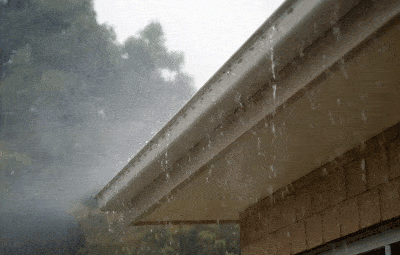
You might also find interesting our article about 5 rain barrel mistakes to avoid.
Other roof surfaces, like asphalt or those that have a metallic coating, could cause contamination of the water. The size and slope of your roof will play a large role in the amount of rainwater you are able to capture.
• A Storage Tank: Needless to say, you need to have a proper tank for storing the harvested rainwater. You can divert rainwater from wooden barrels to large plastic drums – 30 to 50 gallons.
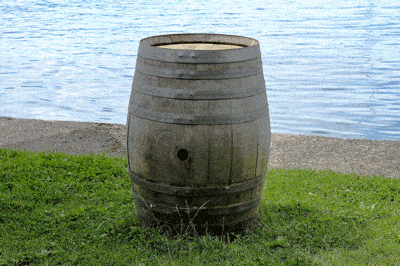
You can affix these with a means of water drainage for whatever intended use you have in mind. To water crops, install a faucet at the bottom where you can attach a hose.
To divert the rainwater into a filtration system and store for use in cooking or drinking, all you need is additional piping. Again, you have many options, allowing you to customize them to meet your individual needs.
• A Means of Distribution: You can make the distribution system for your rainwater as simple or elaborate as you wish. It is basically a means by which you divert the rainwater to a storage tank or cistern.
In most cases, the first set of distribution channels are downspouts or gutters, directly catching the runoff from your roof.
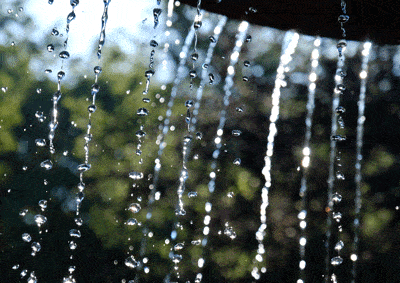
You can easily alter these to direct the water to a tank below or to a central holding system that you have designed. It is advisable to install screens for reducing the amount of debris that enters your storage tanks.
If you are building your own rainwater collection system, you will find that the supplies you need are easy to find at any DIY or home improvement store.
Many people will choose collection system kits, which are available from an always increasing market of suppliers, with virtually everything you need to install your very own rainwater collection system.
Benefits of Installing a Rain Water Collection System
Harvesting rainwater has a wide range of benefits for you as a homeowner as well as the environment as a whole.
If you have not already done so, it is definitely time to install a rainwater harvesting system in your home. You never know when water shortage might strike, so it is best to stay prepared. Here is a look at a few important advantages of installing a rainwater collection system.
• It Reduces Flooding and Erosion: There are a number of ways that rainwater harvesting can help the environment. First of all, it can help in reducing erosion in gardens and around downspouts.
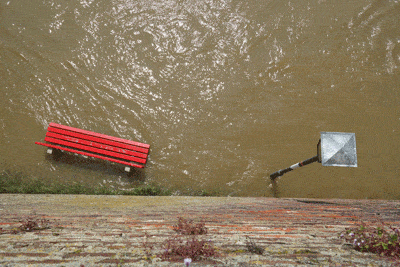
We also recommend reading our article about how to filter rainwater.
It can also play a major role in controlling stormwater run-off. Rainwater does not produce corrosion and scale as hard water does. Last but not least, installing a rainwater collection system may also help in reducing flooding in certain areas of your property as well.
• It Reduces Demand on Ground Water: In many places throughout the world, there is an increasing strain on sources of groundwater.
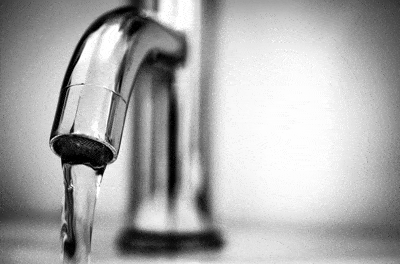
It not only costs a lot of money to dig deeper wells, but it can cause damage to the environment as well, such as soil collapse in the area where the water used to be.
Therefore, it makes sense to use sources of rainwater whenever possible. When you install a rainwater collection system, you can store the water you harvest and use it during times of drought and when the supplies of groundwater have been depleted.

• It Lowers Water Bills: One of the major benefits of installing rainwater collection systems is that it will not only help individuals gain significant savings on their water bills but can also lower costs for entire communities.
When many people in one community harvest and use rainwater, it can help to substantially reduce the costs to supply mains and overall water services.
When there is an alternate source of water, dependence on municipal sources can also be greatly reduced in case of contamination of the water. Rainwater can be used as a primary water source or as a backup source when required.
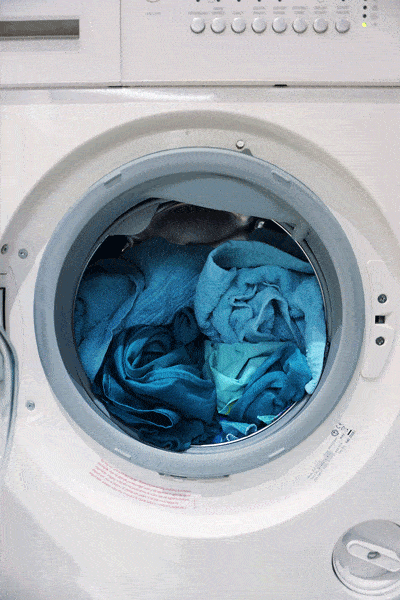
• It Can Be Used for Many Purposes: What is great about harvesting rainwater is that there are numerous ways for you to make use of it. A large percentage of the water needed is used for non-drinking purposes.
You need large amounts of water for everything from washing dishes and clothes to bathing and flushing toilets. And you can use rainwater for all of these things. Because rainwater is soft, you do not need to use a lot of detergent when washing dishes and clothes.
You can also use rainwater for other non-drinking purposes such as bathing pets, washing vehicles, and nearly all other types of cleaning that require water.

• It Can Boost Plant Growth: Installing a rainwater collection system allows you to use the water you harvest to improve plants and gardens.
When you use harvested rainwater, it can help in flushing away salt buildup from soil and plants. It is generally free from many different types of man-made contaminants, pollutants as well as chlorination.
You can save a significant amount of money on landscaping needs and overall property maintenance when you use water that is this clean and healthy for trees and plants.
The Uses of a Rain Water Collection System
One of the best things about having a rainwater collection system is that you can essentially use the harvested rainwater anywhere you use tap water.
The fact is that it is wasteful and irresponsible to use drinking water to water lawns and flush toilets, especially in light of the growth of population and shortages of water all over the world.
Installing a rainwater collection system is an excellent way to make your home eco-friendly and lessen your environmental footprint.
There are basically 3 areas where you can make use of your rainwater collection system:
• Whole-house potable use
• Indoor potable use
• Irrigation use
Here are some of the ways that you can connect your rainwater collection system to various pipes around your home and make use of the harvested rainwater:
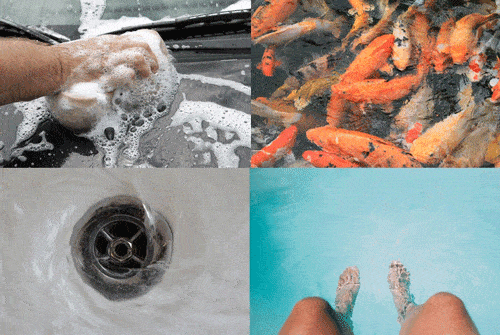
• Connect your system to the sprinkler/irrigation system on your lawn
• Hand-water your lawn/garden
• Refill your swimming pool
• Refill your water features such as fountains, fish ponds, etc.
• Wash your vehicles, bikes, lawnmowers, garden equipment, tractors, trailers and other equipment you store in your garage or shed
• Wash garden features such as gazebos, pergolas, canopies, etc.
• Wash stables, coops, and other farm structures
• Bathe/wash your pets, livestock, etc.
• Powerwash your driveways and sidewalks as well as porches, decks, windows, and other parts of your exterior
• Use in all your indoor non-potable fixtures (washing machine, toilets, etc.)
• Use for all your potable needs after proper disinfection and filtering
• Use for all industrial processes instead of water that is municipally treated
A rainwater collection system that has a large storage tank is also extremely useful as it could give you some extra fire protection – this is especially important if the area you live in is prone to wildfires.
You should make sure to install a good pump so that the water you have harvested can be easily accessed if and when needed.
Rain Water Collection Systems to Consider
Here are 3 of the best types of rainwater collection systems you should consider if you are planning to install one in your home:
Rain Barrels:
The method of harvesting rainwater with rain barrels is the most common and one that people are most familiar with.
You should consider rain barrels as a rainwater collection system for your home as it is the simplest one to install.
All that you need to do is to install a barrel at a gutter downspout. Simply choose from one of the many commercially available rain barrels on the market or a recycled one – it depends on your budget.
Pros:
- Easy to implement by anyone at any home
- Does not take up a lot of space, making it ideal for any home size or situation
- Readily available at many different stores and websites as well as in your community
Cons:
- Generally, only 50 to 100-gallon capacity
- Overflows quite easily, wasting collection opportunities
As you can see, there are many advantages to opting for rain barrels for your rainwater collection system.
If you are considering installing a rainwater harvesting system in your home, this is the ideal one to start with.
As time passes and you learn more about different types of systems and how to install them, you can swap the rain barrels for another system.
Because it is easy to find and a lot more affordable than other systems, this method of collecting rainwater is the best, especially for new preppers who are just beginning to realize the many uses of rainwater and the great benefits of harvesting and storing rainwater.
[embedyt] https://www.youtube.com/watch?v=K8D6leyW47U[/embedyt]
Dry System:
The “dry system” is a variation of the rain barrel method, but involving a larger volume of storage.
Essentially, the pipe which collects all the rain water “dries up” after a rain event as it directly empties on top of the storage tank. If you are looking to install a rainwater collection system that gives you a larger storage volume, then you should definitely consider the dry system.
Pros:
- Helps you in storing a large amount of water
- Can be quite inexpensive to install and implement
- Great for climates where rainfall occurs with storm events that are large and infrequent
- Easy to maintain because it is a less complicated system
Cons:
- The storage tank needs to be located right next to the house
The dry system is another excellent system for preppers who want to harvest and store rainwater for future use. As mentioned earlier, this method allows you to store a larger quantity of water than rain barrels.
If you are looking for a rainwater collection system that can be installed and implemented without spending a large sum of money, this is definitely a superb choice.
This option allows you to store the rainwater you harvest without the hassle of high costs and energy- and time-consuming maintenance. If you do not mind a large water storage tank sitting right next to your house, you should go ahead and opt for this rainwater collection system.
[embedyt] https://www.youtube.com/watch?v=corcY2AITGs[/embedyt]
Wet System:
The “wet” system involves locating the collection pipes underground so that they can connect to more than one downspout from different gutters around your roof.
The rainwater will fill the underground piping and rise to the vertical pipes until the water spills into the storage tank.
There must be water-tight connections between the downspouts and underground collection pipes. You should also make sure that the elevation of the tank inlet is below the lowest gutter.
Pros:
- Can collect rainwater from the whole collection surface
- Can collect rainwater from multiple downspouts as well as gutters
- The storage tank does not have to be located next to the house
Cons:
- The underground piping makes it more expensive to implement
- There must be sufficient difference between tank inlet and gutters
While the wet system is a more complex and expensive option among rainwater collection systems, it does come with quite a few advantages that make it a viable one for you.
As mentioned earlier, you can harvest rainwater from many gutters and downspouts at once, which means that you can collect a significant amount of water.
In turn, you can use the water to run various appliances in your home, water your lawn/garden and much more, or you could store it for use during emergency situations.
If you do not mind spending a little more than you would with other rainwater collection systems, the wet system is definitely a method you should consider.
[embedyt] https://www.youtube.com/watch?v=A1drB4KIDrM[/embedyt]
The Cost of Installing a Rain Water Collection System
When many people think of harvesting rainwater, the picture that pops into their head is old drums or barrels placed outside houses, collecting water from the rains. But the truth is that there is a lot more to it.
There are actually quite a few sophisticated rainwater collection systems available on the market, and they can cost quite a lot. However, these systems can help you save a significant amount on water bills in the long run, making them a salient investment for your home.
The amount of money you spend on installing a rainwater collection system depends largely on the type of system you press the button for.
Whether you choose a simple or a complex rainwater collection system, it is, as mentioned earlier, a fantastic way to save on your water bill. You also have a superb method of conserving water over the long term.

As with any home improvement project, the cost of installing a rainwater collection system will depend largely on where you live and if you live in Chicago, NYC, or San Francisco you have a homeless and gang problem which does not help anyone out but this is another topic.
However, an average “dry” tank system of 5,000 gallons will cost about $2,500, which includes installation.
Rain barrels cost roughly $100, which is your most affordable option when it comes to rainwater collection systems. Needless to say, you do not need to hire professionals to install this system, so you will not be spending extra money on installation.
As mentioned above, a dry system will cost you approximately $2,500 with the installation. If you plan to install it yourself, you should know that the cost of a 5,000-gallon polyethylene tank is approximately $2,100.
You have read that wet systems are the most complex among rainwater collection systems, and you will need professional help with installation. Because this system requires underground piping, you will need to spend significantly more than you would with a rain barrel or dry system.
Costs will vary depending on the number of pipes that need to be laid plus there are expenses for labor, wet tank with sprinkler system and installation, steel storage tank, water treatment system and excavator rental which will include an operator.
To install a wet system, you will more than likely spend about $12,000.
Legal Considerations of Harvesting Water
Is it legal to harvest rainwater? This is a question that you may be pondering. The answer is that it depends on the state you live in. It is legal in most states to harvest water for watering lawns and gardens.
However, it may be illegal to do so for drinking. Before you begin collecting rainwater, you should check your local ordinances.
If you are planning to connect your rainwater collection system to the public water supply, you should make sure to check your local regulations. You should bear in mind that this is not allowed by all municipalities.
Even if your municipality does, you will still be required to have special permits as well as the consent of the local water supply system’s operator. It’s crucial to consult the utility company before you install your rainwater collection system.

Although rainwater collection systems are not federally regulated, local laws in your area may regulate rainwater harvesting. As mentioned earlier, although harvesting rainwater is allowed in most areas, not all places will permit the use of rainwater as potable water.
This is because to safely drink rainwater, you would need an elaborate, properly maintained water treatment system.
It is a good idea to check local laws and regulations before installing a rainwater collection system.
You should also keep in mind that installing a rainwater collection system may come with tax incentives – this depends on where you live of course. Tax credits, exemptions or deductions may be available at the state level, or even the city level.
To find out more, you should make it a point to contact the municipal offices in your city for details or check your local guidelines.
Harvesting rainwater may seem like a simple enough task but as you can see, there are many rules and regulations that you need to be aware of before installing a rainwater harvesting system.
The last thing you want is to get into legal trouble because you did not take the time to check your local ordinances or consult your local government before starting the project.
This is especially important if you plan to harvest rainwater to do more than water your lawn or garden.
Make sure that you check all the regulations in your city for harvesting rainwater and then choose the right rainwater collection system based on your needs and the uses you have in mind.
Conclusion
Harvesting rainwater is one of the best things you can do for your home, finances and not to forget, the environment. As you have read, there are numerous benefits to installing a rainwater collection system.
The best part is that having a system in place in your home will ensure that you are prepared for any situation where there is a shortage of water.
You always have an alternate source of water that you can rely on no matter when you need it. You should definitely install a rainwater collection system to make sure that you and your family are well supplied in any survival situation.

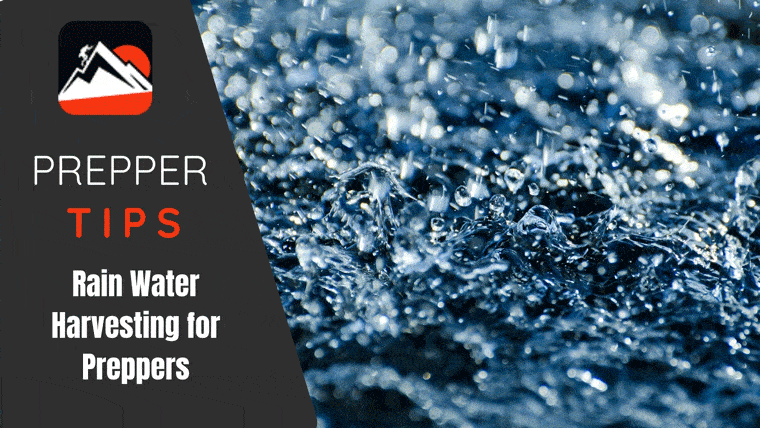

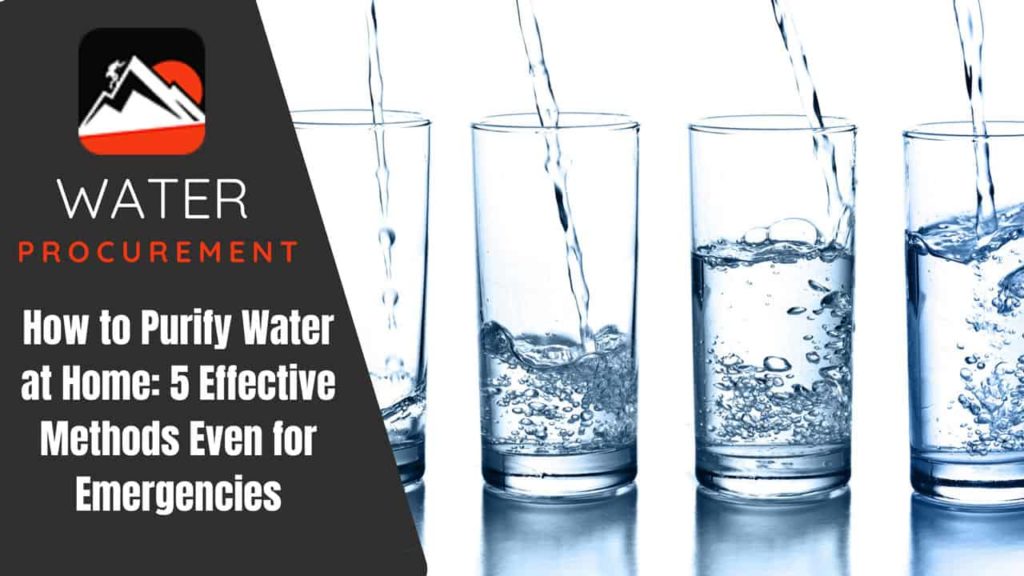
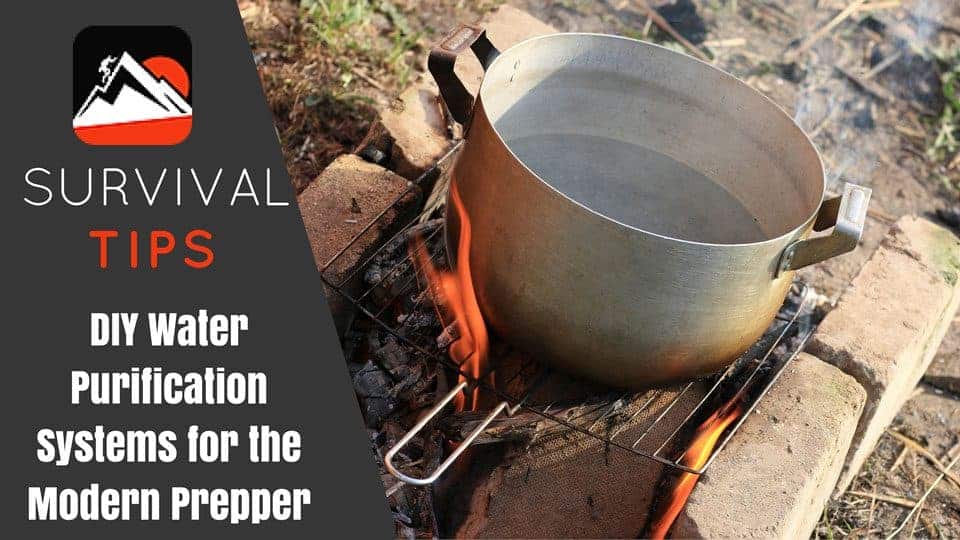
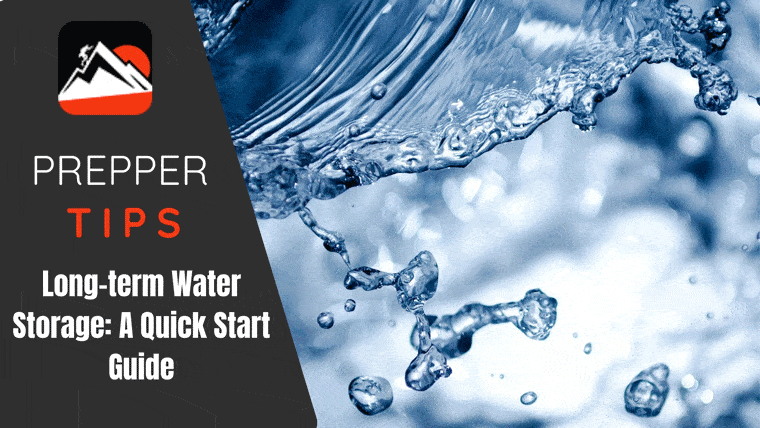
You need to go to the very least 18 years of age as well as a legal U.S. person or individual to qualify for federal isomery grants.